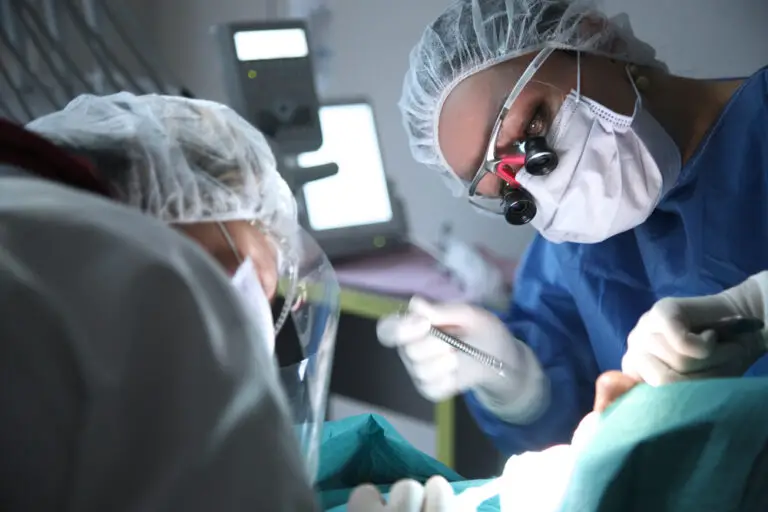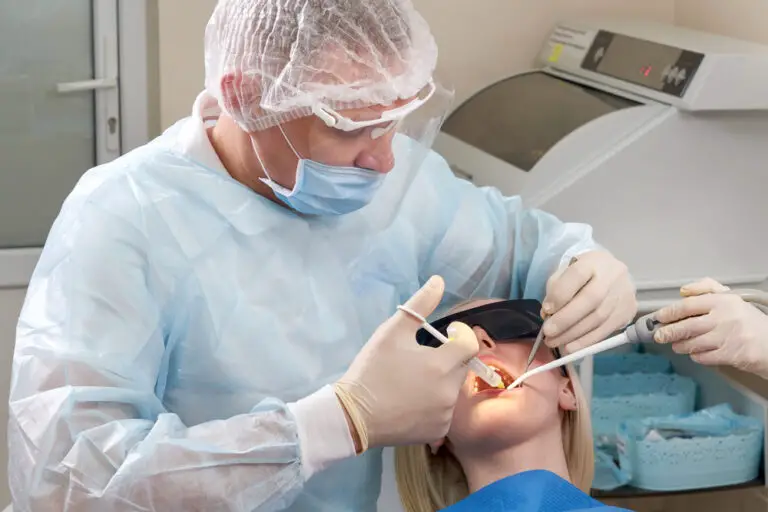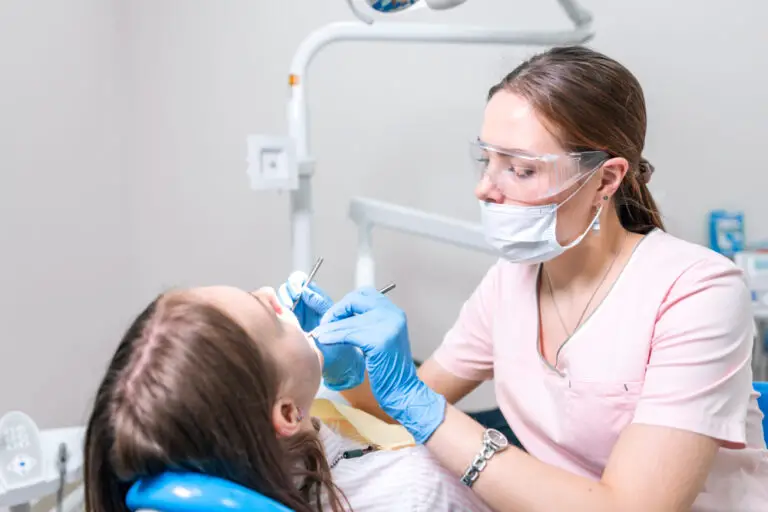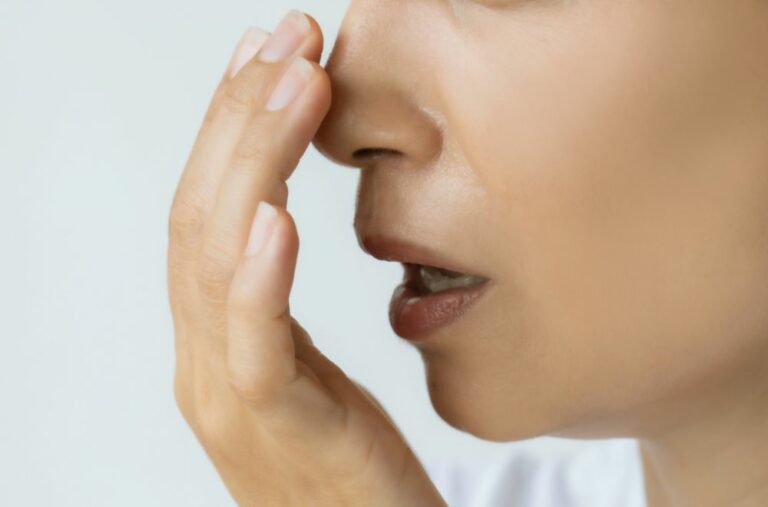Having 15 bottom teeth instead of the usual 16 can be a cause for concern for many people. While it may seem like a rare occurrence, it’s actually more common than you might think. In this article, we’ll explore the reasons why some people have 15 bottom teeth, the implications of this dental abnormality, and how to deal with it.
First, let’s take a look at what the normal tooth count is. On average, adults have 32 teeth – 16 on the top and 16 on the bottom. However, some people may have fewer teeth due to various reasons such as genetics, dental trauma, or developmental abnormalities. One of the most common dental anomalies is hypodontia, which is the congenital absence of one or more teeth. Hypodontia can affect any tooth, but it most commonly affects the wisdom teeth and the second premolars.
Now, let’s focus on the reasons why some people have 15 bottom teeth. There are several possible explanations for this dental condition, including hypodontia, premature loss of a tooth, or a developmental abnormality. It’s important to note that having 15 bottom teeth is not necessarily a cause for concern, as long as it doesn’t affect your dental health and function. However, if you experience any discomfort or difficulties with eating or speaking, it’s best to consult a dentist to address these issues.
Key Takeaways
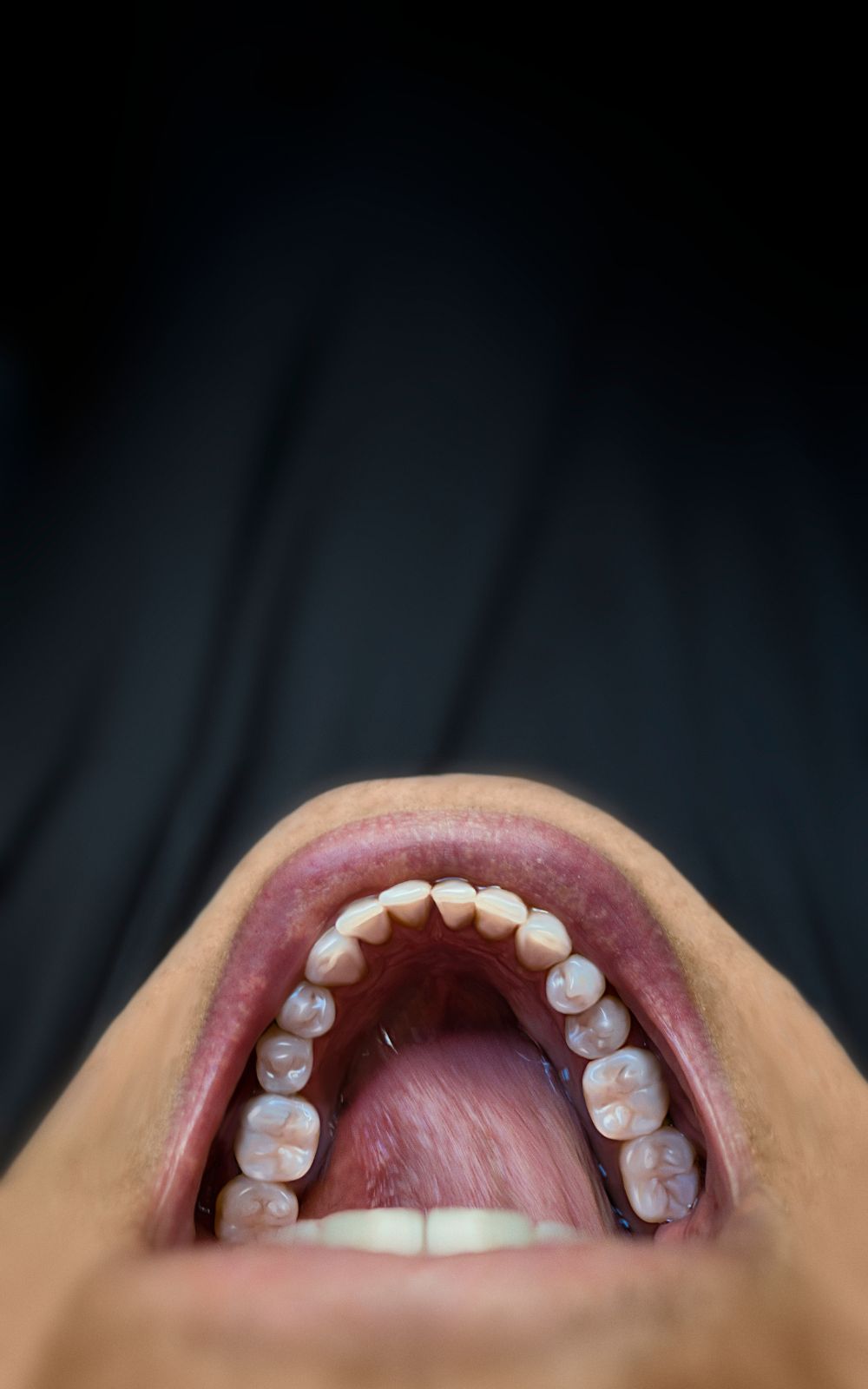
- Having 15 bottom teeth is a common dental anomaly that can be caused by various reasons, including hypodontia, premature tooth loss, or developmental abnormalities.
- While having 15 bottom teeth may not necessarily affect your dental health and function, it’s important to consult a dentist if you experience any discomfort or difficulties with eating or speaking.
- Treatment options for dealing with 15 bottom teeth may include orthodontic treatment, dental implants, or dentures, depending on the severity of the condition.
The Normal Tooth Count
A normal adult mouth has 32 teeth, which (except for wisdom teeth) have erupted by about age 13. The teeth are divided into four quadrants, with each quadrant containing eight teeth. The teeth in each quadrant are:
Understanding the 32 Teeth Theory
| Quadrant | Teeth |
|---|---|
| Upper right | 1 central incisor, 1 lateral incisor, 1 cuspid, 1 first bicuspid, 1 second bicuspid, 1 first molar, 1 second molar, 1 third molar (wisdom tooth) |
| Upper left | 1 central incisor, 1 lateral incisor, 1 cuspid, 1 first bicuspid, 1 second bicuspid, 1 first molar, 1 second molar, 1 third molar (wisdom tooth) |
| Lower right | 1 central incisor, 1 lateral incisor, 1 cuspid, 1 first bicuspid, 1 second bicuspid, 1 first molar, 1 second molar, 1 third molar (wisdom tooth) |
| Lower left | 1 central incisor, 1 lateral incisor, 1 cuspid, 1 first bicuspid, 1 second bicuspid, 1 first molar, 1 second molar, 1 third molar (wisdom tooth) |
It’s important to note that these numbers are averages, and not everyone will have the same number of teeth. Some people may have fewer teeth due to genetics, while others may have more teeth due to a condition called hyperdontia.
If you have concerns about the number of teeth in your mouth, it’s important to consult with a dental professional. They can help determine if your tooth count is within the normal range, or if there may be an underlying issue that needs to be addressed.
Reasons for Having 15 Bottom Teeth
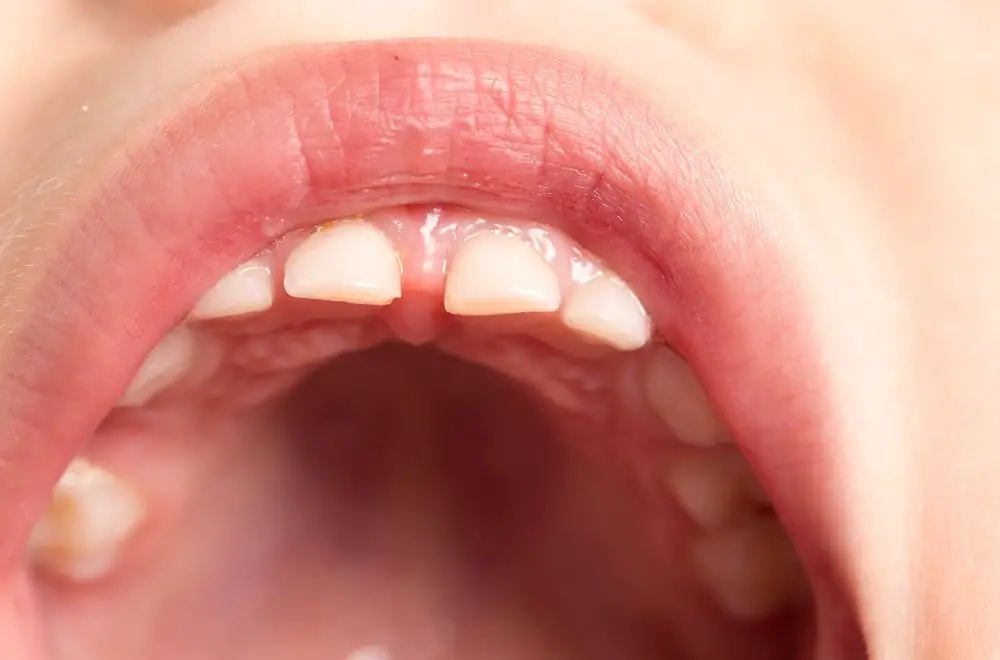
If you’re wondering why you only have 15 bottom teeth, there could be several reasons for this. Some of the most common reasons are:
Genetic Factors
One of the most common reasons for having 15 bottom teeth is due to genetic factors. Hypodontia is a condition where a person is born with fewer teeth than normal. This can affect both baby teeth and permanent teeth. The most common cause of hypodontia is heredity, which means biological parents pass the condition to their children. In some cases, hypodontia can result in a person having only 15 bottom teeth.
Tooth Loss Due to Disease or Injury
Another reason for having 15 bottom teeth could be due to tooth loss caused by disease or injury. Gum disease, tooth decay, and trauma to the mouth can all result in tooth loss. If a person loses one or more of their bottom teeth due to these reasons, they may end up with only 15 bottom teeth.
Congenital Absence
Congenital absence is a condition where a person is born without certain teeth. This can affect both baby teeth and permanent teeth. If a person is born without one or more of their bottom teeth, they may only have 15 bottom teeth.
In conclusion, there are several reasons why a person may only have 15 bottom teeth. Whether it’s due to genetic factors, tooth loss, or congenital absence, it’s important to maintain good oral hygiene to prevent further tooth loss and maintain overall dental health.
Implications of Having 15 Bottom Teeth
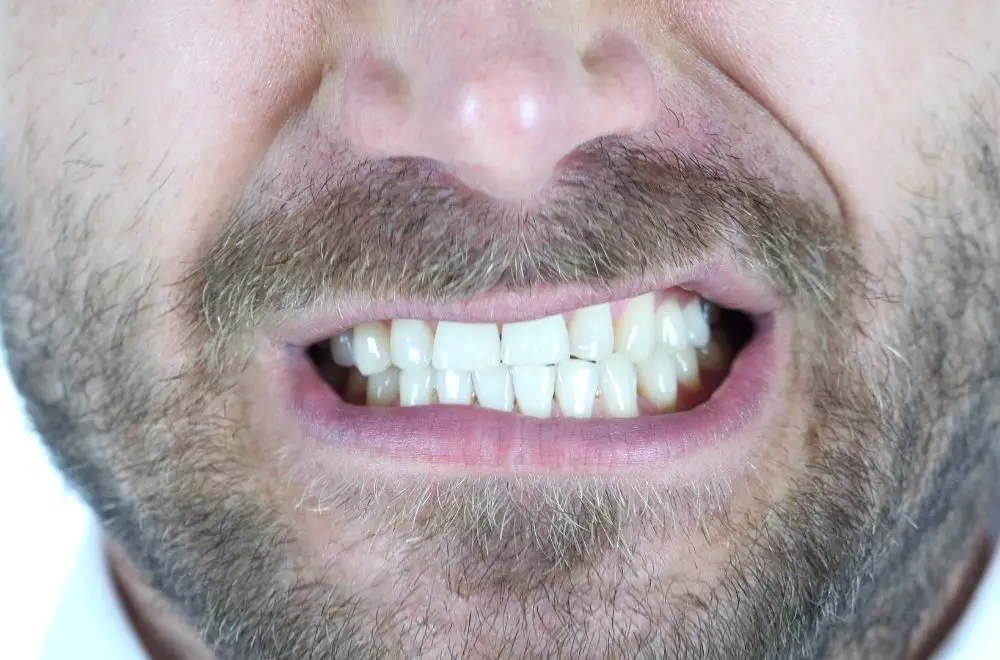
Effects on Oral Health
Having only 15 bottom teeth can have significant implications for oral health. The lack of teeth can lead to an uneven distribution of pressure when biting and chewing, which can cause wear and tear on the remaining teeth. This can also result in jaw pain and headaches. Additionally, missing teeth can cause the remaining teeth to shift, leading to further dental problems such as overcrowding and misalignment.
Impact on Appearance
Missing teeth can also have an impact on appearance. The gaps left by missing teeth can cause the face to appear sunken and aged. Furthermore, the remaining teeth may shift, causing visible gaps in the smile. This can lead to self-consciousness and a lack of confidence.
Influence on Speech
The position of the teeth plays an important role in speech. Missing teeth can affect speech, causing a lisp or difficulty pronouncing certain words. This can lead to communication difficulties and social anxiety.
Eating Habits
Missing teeth can also impact eating habits. Chewing food becomes more difficult, potentially leading to digestive problems. Furthermore, the lack of teeth can limit the types of food that can be eaten, leading to a restricted diet.
Overall, having only 15 bottom teeth can have significant implications for oral health, appearance, speech, and eating habits. It is important to consult with a dentist to discuss options for treatment and to maintain good oral hygiene practices to prevent further dental problems.
Dealing with 15 Bottom Teeth
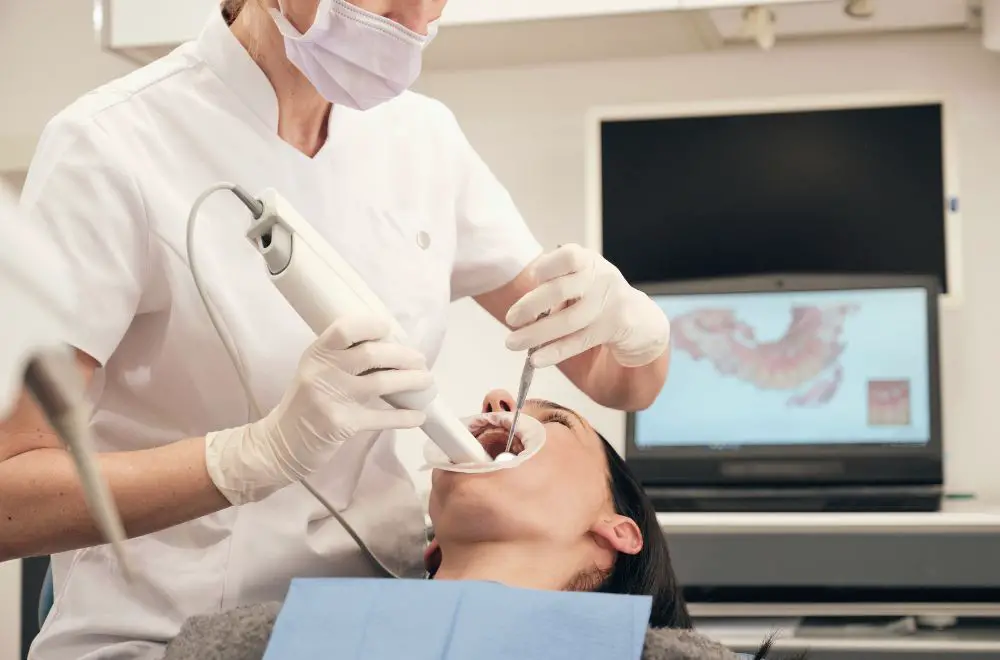
If you have only 15 bottom teeth, you may be wondering what your options are for restoring your smile. Fortunately, there are several dental treatments that can help you achieve a full, healthy-looking smile.
Dental Implants and Bridges
Dental implants and bridges are two popular options for replacing missing teeth. Dental implants involve placing a titanium post into the jawbone, which serves as a replacement for the missing tooth root. Once the post has fused with the bone, a custom-made crown is attached to the post, creating a natural-looking replacement tooth.
Bridges, on the other hand, involve attaching a replacement tooth to adjacent teeth with dental crowns. While bridges are less invasive than implants, they do require the removal of healthy tooth structure from adjacent teeth.
Both dental implants and bridges can be effective options for replacing missing teeth, but your dentist will need to evaluate your specific situation to determine which option is best for you.
Orthodontic Treatment Options
If your 15 bottom teeth are misaligned, orthodontic treatment may be necessary to straighten them. Braces and clear aligners, such as Invisalign, can help shift teeth into their proper positions over time.
In some cases, orthodontic treatment may also be necessary before dental implants or bridges can be placed. This is because proper tooth alignment is important for ensuring that replacement teeth are properly supported and aligned with the rest of your teeth.
Your orthodontist will be able to evaluate your specific situation and recommend the best treatment plan for achieving a straight, healthy-looking smile.
In conclusion, having only 15 bottom teeth is not uncommon, and there are several dental treatments available to help you achieve a full, healthy-looking smile. Whether you opt for dental implants, bridges, orthodontic treatment, or a combination of these options, your dentist can help you find the best solution for your unique needs.
Frequently Asked Questions
Why do some people have missing permanent teeth?
Missing permanent teeth can be due to a variety of reasons, including genetics, injury, tooth decay, and gum disease. Some people may be born with missing teeth, while others may lose them later in life due to various factors.
What is the most common number of teeth in adults?
The most common number of teeth in adults is 32. This includes 16 teeth on the top and 16 teeth on the bottom. However, some people may have fewer teeth due to various reasons.
How many teeth do humans typically have?
Humans typically have 20 primary (baby) teeth and 32 permanent teeth, for a total of 52 teeth. This includes 8 incisors, 4 canines, 8 premolars, and 12 molars.
What causes a person to have fewer teeth than normal?
A person may have fewer teeth than normal due to various reasons, including genetics, injury, tooth decay, and gum disease. Some people may be born with missing teeth, while others may lose them later in life due to various factors.
Is it normal to have 15 teeth on the bottom?
Having 15 teeth on the bottom may be normal for some people, but it is not the typical number of teeth. Most adults have 16 teeth on the bottom, including 8 incisors and 8 molars.
How many bottom teeth are you supposed to lose?
Most people lose their primary (baby) teeth by the time they are 12 years old. They are then replaced by permanent teeth. However, it is not uncommon for some people to have one or more missing teeth, either due to genetics or other factors.


